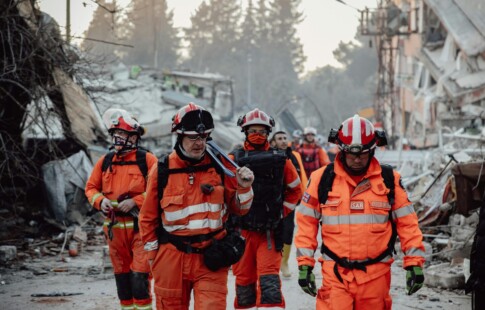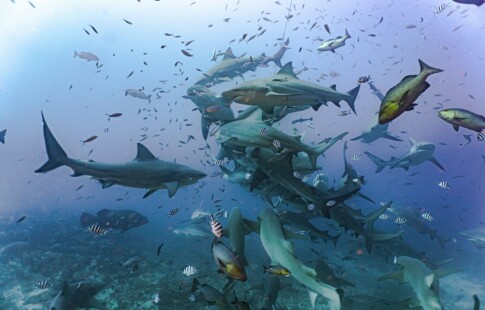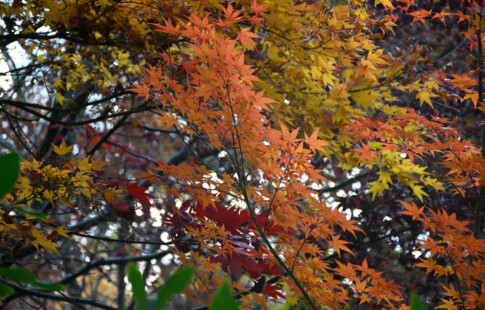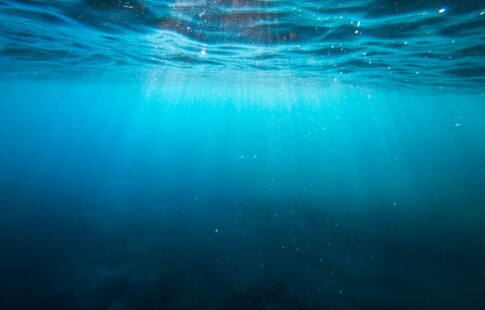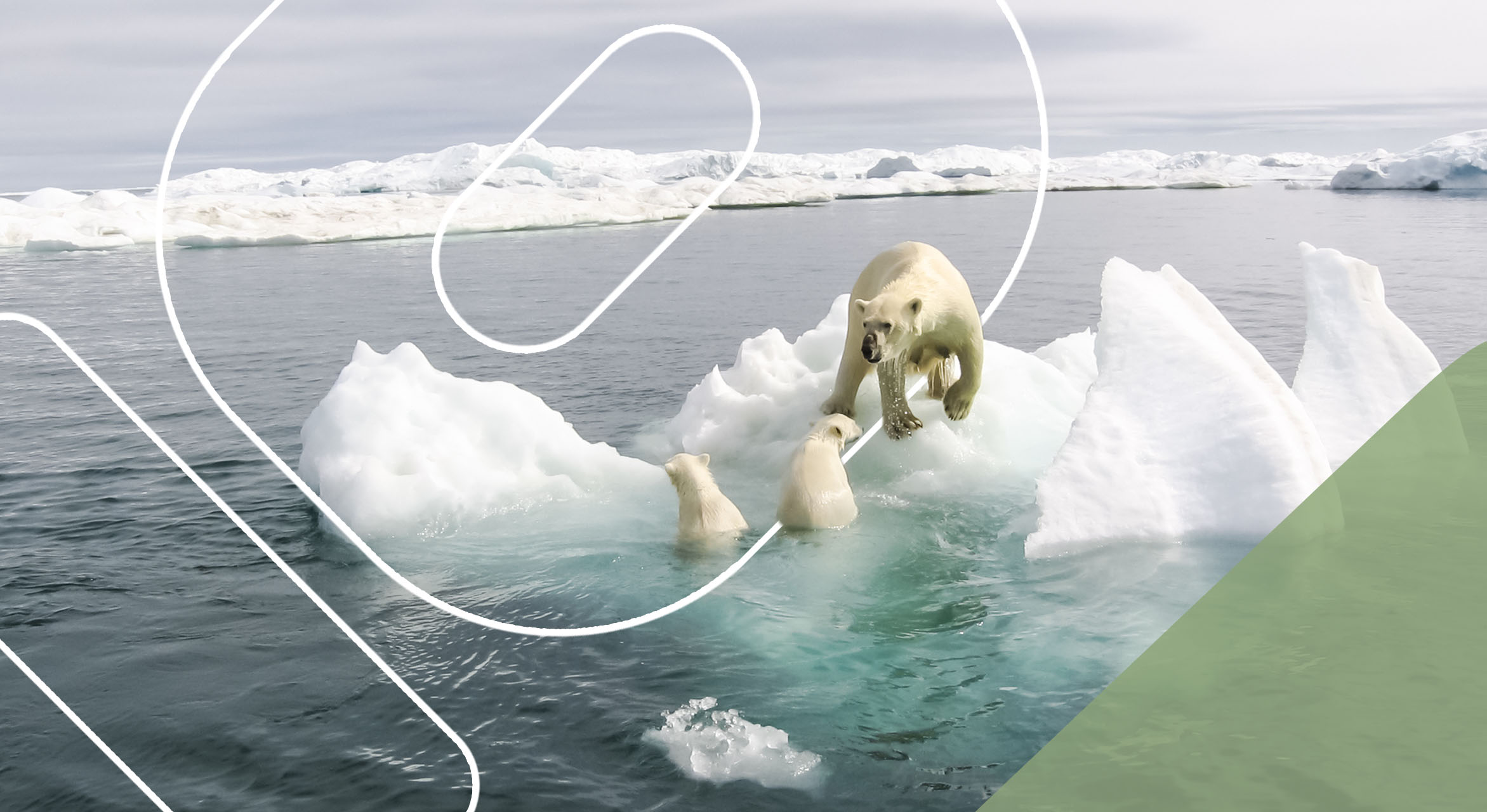
How Does Climate Change Affect Plants and Animals?
We are reader-supported. When you buy through links on our site, we may earn affiliate commission.
Plants and animals live in specific climates to survive and meet their needs, such as foods they eat, water, and shelter. Slight changes in climate may cause them to adapt, but they can still thrive if they’re clever. Climate change, though, has caused significant changes to plant and animal environments. These changes can affect the ecosystem as a whole, as researchers and scientists have already witnessed.
How does climate change affect plants and animals anyway? Already, some plant and animal populations have drastically decreased due to climate change. Other effects may be less significant at the moment but could lead to endangerment or extinction.
Below are some of the impacts that rising temperatures, changed precipitation patterns and sea-level fluctuations have made on plant and animal species.
Climate Change Explained
Climate is not weather, but it is the usual weather conditions one can expect at a particular time during the year. Weather is supposed to change every day, but the climate is supposed to stay consistent throughout the seasons, and it varies between locations.
Years of research and documentation of climate patterns in an area show what a region can expect weather-wise. However, the climate is changing, meaning temperatures are not typical, weather patterns change, and water levels may rise or fall.
Earth’s climate is continually changing, but the rate at which it has experienced change lately has been faster than before. The earth is no doubt getting warmer. Over the past century, the planet has warmed by about 1 degree Fahrenheit.
That’s a slight change, but it has had tremendous effects on humans, plants and animals. This is why the Paris Agreement exists, because it holds nations accountable for managing temperature increase so it doesn’t exceed a certain point.
Many factors have contributed to climate change, such as increased use of fossil fuels, agriculture, volcanic eruptions and others. Because of human activity and natural causes, plants and animals have deteriorated. Here are some ways climate change has affected plants and animals throughout the globe.
It Destroys Habitats
One of the most significant impacts of climate change on plants and animals is that it destroys habitats. As the earth’s temperature continues to rise, animals and plants that live and grow in colder climates are struggling to survive and might not find a suitable habitat.
Take the Bramble Cay melomys, which went extinct in 2016. Unfortunately, it is a little famous because it could be considered the first mammal to go extinct because of anthropogenic climate change. The Costa Rican Golden toad is another, which left the world in 2019 because unprecedented drought caused dehydration and extreme heavy rains left babies unattended by their parents.
Additionally, heavier rainy seasons, extended droughts or unpredictable snowfall in regions that aren’t used to that precipitation may cause animal and plant habitat destruction. Plants may freeze or shrivel up, and animals may have difficulty staying warm or finding enough food or water.
It Causes Migration
Migration is a direct result of habitat destruction due to climate change. For example, many of the Arctic icebergs and snowier regions are melting because of the rising temperatures. Additionally, sea levels are rising in this region as well. This has caused polar bears to seek cooler climates and higher altitudes.
One of the most famous examples of species migrating in new ways because of climate change is salmon. Recent research brought together 70 years of study across 66 species to determine one thing — timing is inconsistent, and in the worst-case scenarios, changing seven days every 10 years. It causes a mismatch of food availability for growing juveniles.
For other species in warmer climates, they may experience periods of drought. They have to move elsewhere to find significant water and fresh plants to eat. Every plant and animal species plays a role in the ecosystem, so when climate change causes them to move, the entire ecosystem suffers.
It Depletes the Soil
Plants require nutrient-rich soil to grow and survive. Climate change, partially caused by emissions, depletes soil sources. It reduces the soil’s integrity, which means the plant roots can’t hold, causing plants to die.
Plus, droughts may occur, which leads to erosion, wiping away plants as well. Any time the soil cannot rebuild itself, eventually, regions could become like deserts, called desertification, which will cause animals to migrate to find more secure sources of food and water.
However, tons of solutions exist to rehabilitate tarnish soils. Compost is the most apparent medicine, providing necessary nutrients and microbes back into the ecosystem. Even more creative solutions exist, because agriculture needs to overcome global food scarcity, and animals need to eat. Some places are looking to llamas and even artificial intelligence to determine how to regenerate depleted soil.
It Changes Life Cycle Patterns
So how does climate change affect plants and animals? Climate change can drastically alter plant and animal life cycles. Because of climate change, the seasons are shifting. Spring or summer seems to be beginning one to two days earlier. The plants start blooming sooner than usual, and they’re lasting farther into the fall.
Research around this subject is called phenology. It reveals plant life cycle timing. The terrible beauty of it is that it reveals the impacts of climate change extremely early. Changes in phenological timing is like an alarm. The process is so delicate, it unveils environmental shifts earlier than other notable ecological shifts, like species movement.
Also, animals that hibernate are getting out of their hibernation earlier. Birds are flying further north as temperatures change. Fish are starting to migrate earlier to spawn, causing food stores and movement patterns to be out of sync. All of these climate change outcomes can make survival more difficult, especially for young plants and animals as they try to navigate the climate.
How Does Climate Change Affect Plants and Animals?
A thrown water bottle here and excessive flying here may not feel like a lot of environmental damage, but it adds up. The culmination makes climate change more severe, and nobody feels it more than the world’s delicate yet persistent plants and animals. Their lives have foundations of thousands of years of evolution and adaptation that is being shifted in a proverbial blink of Earth’s eye. The only way for them to survive from the shock is for humans to help by cutting carbon footprints, raising awareness, and being more respectful to the planet’s biodiversity.
This post was updated on April 16, 2024 with more updated information.
Share on
Like what you read? Join other Environment.co readers!
Get the latest updates on our planet by subscribing to the Environment.co newsletter!
About the author

Jane Marsh
Starting from an early age, Jane Marsh loved all animals and became a budding environmentalist. Now, Jane works as the Editor-in-Chief of Environment.co where she covers topics related to climate policy, renewable energy, the food industry, and more.
